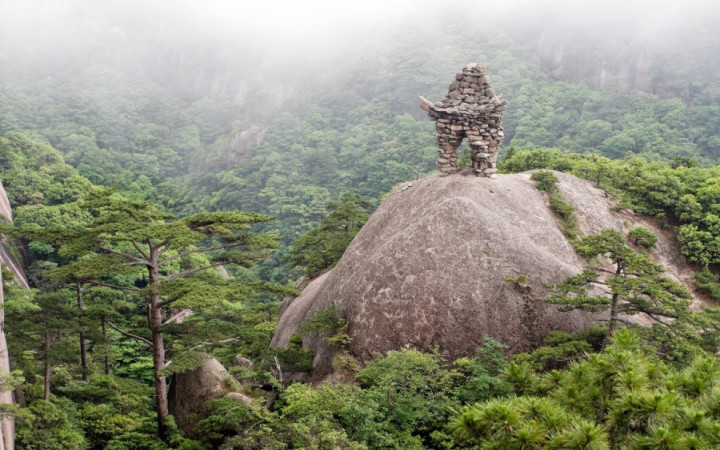Have you ever visited a foreign country? What about a large city with lots of cultural diversity? If you've done either of these things, you've probably gotten a sense of how different people can be from different areas of the world.
Culture is the word we use to describe all the ways of life that characterizes a particular group of people. With over seven billion people on Earth, there are thousands of different cultures, each of which makes its own special contribution to Earth's wonderful diversity.
Why are there so many different cultures on Earth? If you think about it for a while, you'll realize that there are so many ways that people can be different. These factors — called cultural components — include, among others, language, religion, cuisine, technology, art, music, dress, education, economy, government, and geography.
Geography? Yes! Although it makes perfect sense, many people don't give much thought to how where they live impacts their culture. There are even scientists who study this phenomenon, which is known as cultural geography. Cultural geography is the study of cultural components and how they relate to the geography of the places where people live and travel.
Today's advanced technology and ease of travel has led to a level of globalization that makes it possible for cultural components to travel around the world. Cultures that were once hidden from the rest of the world can now be studied and appreciated by the rest of the world.
Those who study cultural geography have long understood the close link between cultures and the physical geography of the environments in which those cultures develop. At first, particular cultures develop because of the physical landscape. Over time, those cultures exert their own influence on the landscape around them.
So how does geography affect the cultures that develop around it? Experts point to the impact of certain physical features, such as landforms, climates, and natural vegetation. Let's take a closer look at how each of these features might affect culture.
Landforms might include physical features like mountains or oceans. If you live in the mountains, you're likely to develop a particular culture that adapts to life at a high altitude. For example, you might wear heavier clothing and tend to be physically stronger as a result of climbing often. On the other hand, living near an ocean might mean you wear lighter clothing and incorporate swimming and fishing into your culture to a great extent.
Climate can greatly affect culture, too. Compare the Inuit peoples of Alaska with the desert-dwelling nomads of North Africa. These two cultures are extremely different in many ways, and most of those ways can probably be traced back to the differences in climate. Hot weather drives one group to travel routinely in search of water and other necessities, while cold weather prevents the other group from traveling for much of the year.
Natural vegetation impacts what type of culture develops in terms of cuisine and economy. Are farm lands available and productive? If so, plant-based diets might be very popular, and an agricultural economy might thrive. If not, other foods may become dominant while other types of economies take hold.
Even if you've never thought about it before, the culture you identify with has been developed and shaped by the physical features of the lands where you live. When you want to study your roots, you might be surprised that the physical roots that grow deep into Earth's surface have a lot to do with how your cultural roots developed!




